-
THE RAILROADS BUILDING AN EMPIRE
Efficient and effective means of transportation and communication across the whole country are vital to any government, especially in times of War. It had already been proven by the Romans in the European conquests of 100-50 B. C. that if you could get your troops into a given battle arena faster than the other guy, you would win; also, if you could let your generals who were fighting a particular battle be aware of what was happening around them, and in turn allow them to let you know what was happening in their immediate vicinity- then you could centralize the whole war effort and control it more effectively. Intelligence gathering as to what the enemy was doing, or even as to who the enemy was in the first place could not take place without communications. By the time of the War of 1812 with the British, the speed of transportation and communications facilities was such that Major General Andrew Jackson, (who was to become President Andrew Jackson in 1828), defeated the British in a battle on January 8th, in New Orleans, two weeks after a peace treaty had been signed with the British.
At sea the fastest ships could, at best, offer average speeds of 10 to 15 miles per hour.
Over land the quickest means of communication was by horseback, which, by operating strings of relay stations, an average speed could possibly be accomplished of 20 m.p.h. A more leisurely pace, around an average of 10 m.p.h.. was afforded by coach, which also, of course was a very expensive business, and the best speed offered by either wagons or canal barges was less than 5 m.p.h..
When traveling upon or through rough terrain, and especially where a rough path had been established, and inclement weather would cause the "road to become deeply rutted, muddy, and in a short while, virtually impassable, even on horseback. There was a way to overcome this problem which had been developed in Europe, but it required a small feat of engineering. Cut down some of the surrounding trees and fashion the trunks in such a way that they have one fiat side. Lay a series of these tree trunks across the "road" fiat side up, then put more planks lengthwise across those tree trunks (or "cross-ties") running in the same direction as the "road". Make the distance between the planks about the same as the distance between the wheels of a wagon or coach, and, as a last step, place two planks upright along the sides of the lengthwise planks to stop the wheels of the coach from being drawn off the original lengthwise plank. This method of building wooden roads was so effective, it was discovered that if you made the cross-ties big enough, and did not load the carriage to much, the "road" could even be built across swampland, this new "Technology" was quickly accepted and adopted and became known as "Plank Roads".
Of course, after a few wagons had used the plank roads, the upright and lengthwise planks would wear out, but
trees were plentiful, and many people were happily employed in was obvious: in order to minimize the amount of wear on maintaining the the road, and road. The next logical step consequently minimize the
maintenance expenses, replace the planks with steel rails, and put
the "railroad". steel wheels on the wagons. Thus was bom
In 1804, in England, a new means other than horses of drawing the coaches along this "railroad" had been invented by Richard Trevethick; a simple steam engine. Colonel John Stevens, built the first American steam engine in 1825.
The possibilities for great improvement of the communications and transportation facilities in the United States, in utilizing this new railroad technology, from both the military and civilian standpoint, was not lost on who should get to build this new system? Very few people had the expertise, or ability, or financial capability to do it.
Why not allow those who had the direct experience in the area of transportation and communications develop the system? Besides, it was virtually impossible to get into the communications business without going through those who were already "there".
The rules (not laws) were fashioned and adopted:
177
(a). To gel into the business of communications and transportation a l l you had to be was a subsidiary or division of the Steamship Company.
(Note: only one!)
(b). To divert or dam a river or build a canal you had to be a canal company, to be such you had to be a subsidiary or division of a steamship company as in rule (a).
(c). To be a railroad company you had to be a division of or a subsidiary of a canal company (as in rule (b)).
According to the old records that were found the first railroad operated in this country was about 1826 and its name was the Best Friend of Charleston which was built by the West Point Foundry for the Charleston and Hamburg Railroad, then under construction by t h e owners of the South C a r o l i n a Canal and Railway Company. After breaking a wheel on its first run. the Best Friend performed rather better on its second attempt, reaching
20 mph with a train carrying 40 of the company's employees.
By 1828 the Rutherford Railroad Construction Company was formed for the purpose of laying 2800 miles of track covering an area from the interior states to the east coast and along the east coast to Charleston South Carolina. Public awareness started bringing attention to the Rutherfordton. North Carolina, where the company was based, and the corporate records are hidden, so they renamed the company the Georgia Pacific Railroad Construction Company, which went on to build all the railroads in the United States.
Congress had approved a plan to give land to the railroad companies. The land was given in various proportions contingent upon their constructing a predetermined distance of track age (usually 20 miles) within a specified time frame. Also contingent upon the terrain encountered, whereas greater parcels were granted in blighted areas than in thickly wooded areas because the engines burned wood for fuel, and the rails, cross-ties and coaches were made of wood.
On December 25 the Best Friend inaugurated the first regular steam hauled service in America on the Charleston and Hamburg's first six miles of track. The owners were proud of this accomplishment of engineering and patents in the new frontier called America because they had only been in this country a short time and the family name was Payseur.
A further rule (later to become law) was adopted to accommodate the different type of companies, and this rule, simply stated, was that should a railroad begin in one place, say Washington, go to a canal or river, or ocean, there to transfer (passengers and/or freight) to a barge or riverboat or steamship, and continue along the water ways, be they canal or river or ocean, (Atlantic or Pacific) to another point, then re-embark upon the railroad, then Congress would consider that to be a continuous railroad. If the railroad company is the same as canal company definitely be construed to be continuous!
On February 28, 1827, The Baltimore and Ohio Railroad Company was chartered in Maryland and was under the same ownership as the Chesapeake and Ohio Canal Company, which had begun work on its canal the same year, namely the Delaware and Hudson Canal Company. The Delaware and Hudson Canal Company was in turn owned by Whitney Steamships, (obviously, a Steamship Company). The Chesapeake and Ohio Railroad Company, which now forms a part of the Seaboard Air Line and the Southern Railway System (under the colloquial name of "The Chessie System") was also formed shortly thereafter as a division of the canal company of the same name.
Upon his inauguration into the White House in 1828, Andrew Jackson fulfilled a promise he had made earlier to a particular group of friends, associates and advisors (who were ultimately to be known as his "Kitchen Cabinet"). These friends, associates and advisors had already proved themselves to be capable in the areas of finance and transportation, by virtue of the fact that they were already the owners of the Delaware and Hudson Canal Company, and Jackson granted them the monopoly for the whole of the United States in two major business areas, the first of which was Railroads, the second of which sprang out of the railroads which became known as "Banking". The Baltimore and Ohio Railroad Company began construction on its 380 mile railroad on July 4, 1828.
1 78
Shortly thereafter, the steam engine was further improved in 1829 by successful railroad engine, "The Rocket", and Mr. Stevenson was commissioned to build the first steam engine to arrive in the United States, "The America", which arrived in New York in January, 1829 and was duly delivered to the Delaware and Hudson Canal Company, for use on their new railroad along their canal tow path from Rondout. New York, via the Ohio River to the Carbondale (Coal) Mines in the southern tip of I l l i n o i s , between the Ohio and Mississippi rivers, but it was not the first locomotive, the "Stourbridge Lion".
The "Stourbridge Lion" was one of three engines, built by the English company of Foster, Rastrick, which were delivered to Rondout. The other two the "Hudson" and "Delaware" were destroyed by fire in their sheds, leaving the "Lion", after extensive testing in the West Point Foundry, to be shipped to Honesdale. On August
8, 1829, the Stourbridge Lion ran on a three m i l e length of wooden plank road, returning to its starting point, thereby claiming the title of first to run. This ill-fated engine, after a series of mishaps, was eventually relegated to the lowly position of static boiler in the Carbondale foundry house..
At this stage it is important that two important points are brought to the reader's attention. First, the roads initially were plank roads, not railroads. It was some time afterwards that the railroad rails as we know them today were developed, and then only in England. Even as late as the Civil War, railroad companies were busily importing iron rails from England, and those rails already laid down by that time were being as swiftly dug up and re-smelted for weapons and gunboats. Secondly, the railroad companies, generally speaking, were not the ones who built the plank roads, railroad construction companies specialized in the building, and usually built the roads for the companies, while the companies ran the roads after they were built.
Boom Time
The fact that the plank and railroads were the largest contributor to the development of The United States of America can hardly be disputed. No country went so far so fast. This is clearly shown by the fact that by the end of 1828, six short months after the Stourbridge Lion ran, there were more than two thousand eight hundred miles of plank roads and railroads laid in the eastern U.S.
By far the largest contribution to this and subsequent "Boom and progress" came from Congress itself. The plank road companies, and the builders of the plank roads, managed to convince Congress that, in order to build and run the roads, land was needed, and in large quantities.
The Plank Road Companies could not be expected to run their roads over someone else's land, it had to be their own. or they could obviously not guarantee their ability to keep the lines open; the "landlord" might throw them off his land. Congress, recognizing the importance of the railroads, granted the companies all the land they needed, from one hundred to two hundred feet each side of the center line of the road bed, wherever the road went. The company got to decide where they wanted to go. Every time twenty miles of plank road was completed, Congress gave over that twenty mile strip to the company. Where the Company crossed land which had already been settled, and thereby already belonged to someone, they had the ability to buy it from the owner, or they could buy the right of way over the land. The road companies seldom exercised their ability to buy a right of way over somebody's land in the beginning, because Congress also gave them the power to condemn the land and force the owner, legally, to sell it to the railroad.
Next the companies needed timber for cross-ties and planks in order to build the road, as well as maintain it thereafter. They also needed wood for fueling the engines. The companies would therefore need a great deal of timber, so. in order to make sure the railroad companies had all the wood they needed to build both the plank road and fuel the engines. Congress granted the Railroad Companies every other odd numbered square mile each side of the center l i n e of the road bed for various widths, depending on how miles each side of the center line of the road bed, and again, the land was granted upon completion of each twenty mile strip of plank road.
In addition to being granted the land, the companies also had the power to buy the sections (square miles) which had not been granted to them by Congress. The land was granted to the companies in widths between three and forty miles each side of the center lin e of the road bed.
179
In order to comprehend the amount of land granted to the companies for the construction of the plank and railroads, and assuming the land was to be granted out to ten miles on each side of the center line of the railroad bed, to a total area of four hundred square miles (20x20) with the odd numbered sections represented by " ". Assuming the lines were built in North/South Directions, then for every twenty miles of road bed constructed, the odd numbered sections of land given to the company (represented in the diagram by " ") would be as follows:
-
-
-
-
Another 35 square miles, total now is 75 square miles; but that is definitely doing things the hard (and expensive) way, it takes two steps, one vertical, (north/south) run, and one horizontal (east/west) run, amounting to 40 miles of track age. The same thing can be achieved with one 28 mile line run diagonally, South West to North East, as follows:

-
-

From the start of the railroads in 1828, to the start of the Civil War in 1861, every State in the Union east of the Mississippi, and the States of Louisiana, Arkansas, Missouri, Iowa and Minnesota on the western side of the Mississippi all contained extensive railroad system.
The grants of land to the railroad companies, and therefore, for the most part, to the railroad construction companies, were extensive, with the Northern (Union) States receiving the following certification as to the amounts of land they were to receive by June 30, in the year 1868:
State Acres
Illinois ........................................ 2,595,053
Missouri .................................... 1,715,434
Iowa .......................................... 2,770,700
Michigan ....................................2,715,399
Wisconsin.................................. 1,528,480
Minnesota ................................. 2,315,292
Total Acreage 13,640,358
or, 21,314 square miles, which excludes the land allocation for the Union States of Maine, New Hampshire, Vermont, Connecticut, Rhode Island, Massachusetts, New York, New Jersey, Pennsylvania, Maryland, Delaware, West Virginia, Ohio, Indiana and Kentucky; and the following Southern States received allocations of acreage for:
State Acres
Alabama...................................2,288,13 4
Mississippi ................................. 908.680
Louisiana ............................... 1.072,404
Arkansas ................................. 2,512,359
Florida ..................................... 1,760,467
Total Acreage ............................8,542,044
182
or, 13.347 square miles, which figure excludes those lands granted to the Southern States of Virginia. Tennessee. North Carolina. South Carolina, Texas and Georgia.
The land granted to the individual States was, of course, turned over by those States to the respective Railroads, which, as mentioned earlier, had previously mortgaged those lands to Railroad Construction Companies.
On page 308 is a map which shows the total amount of land which was granted by Congress to the various States for transfer to the railroad companies. It is interesting to note that the railway grants up to 1871 are shown, not thereafter, and that the area as shown in black represent 131 million acres of land. The land granted to Michigan (2,715, 399 acres) is not shown; Texas, where a couple of railways eventually claimed some small portion of its land is not shown, and the remaining eastern States, where the saturation of railways (would claim a large amount of land (probably about one third), is also not shown. Notwithstanding these shortfalls, the total amount shown, including Michigan, amounts to more than 208.930 square miles!
Of course, when you owned the land, you also owned everything else in, on. and under it, this included, coal, minerals, ores, copper, gold etc.. It was the race to get all this "free land" that sparked the great building boom, the so-called "American Industrial Revolution" which was to end with the Civil War.
Hundreds of small privately organized companies sprang up to take advantage of this new means of transportation. Millions of dollars were won and lost in the gambling in stocks, bonds and shares of these companies in their individual efforts to cash in on the new opportunities afforded by the railroads.
Almost every railroad company which was formed before the American Civil War was created by an Act of the Congress of the particular State in which it was to run, and the Act usually created the Railroad Company as a Body Politic and Corporate, under the laws of that particular state.
Needless to say. the respective Congress offered the privilege of ownership of these railroad companies only to those businessmen who were men of substance, integrity, means and influence in their respective State congresses. The ownership of any railroad was considered to be the ultimate responsibility, and one which could not be taken lightly.
After incorporation, the new Railroad Company, exchanged preferred shares for assets transferred to it from its primary stockholders and owners, and the company sold its common stock to raise capital to operate. Thus it became a mark of importance as to which type of stock certificate you owned. If it was a certificate for preferred stock, it denoted that you were one of the owners. If you held certificate number one (1) you were the primary and most important owner.
Although it is trumpeted throughout the history books that the railroad companies were granted all this land, such a report is. for the most part, inaccurate. True, the land was granted to the States, for those States to turn over the same land to the railroad companies as promised. It was granted to the proper railroad company each time twenty miles of railroad had been constructed, but the railroad construction companies got it; not the railroad companies.
THE RAILROAD CONSTRUCTION COMPANIES
No railroad company could even hope to raise either enough capital, or enough expertise to build the railroad lines itself; building the lines required vast resources in men and materials, so the newly formed railroad company would contract for the help of one of the very few railroad construction companies then in existence.
Generally speaking, the newly formed railroad company would not have enough money to pay its construction company, but it would be getting the land from Congress when the l i n e was b u i l t , so the Company had no choice but to mortgage the land it had been promised from Congress to its construction company, which then built the railroad lines. Once the l i n e was built, title to the land was retained by the Trustee of the mortgage, the railroad company would then sell its common shares to the general public, and use that money to buy its rolling stock, engines, carriages, flat cars, etc... and only then could it begin to run the railroad. After a while
183
it might make some money, from which it would pay off the mortgage and eventually get title back to the land. If, for whatever reason, t h e new Railroad Company failed to pay off its mortgage, the construction company would claim the land by default.
It is usual in business to expect the "lag time" before the company begins to operate at a profit, and this time had to be taken into account and allowed for by the construction companies.
With just a few railroad construction companies in existence, the competition was fierce, and the money from the railroad companies, initially, came in very slowly. The workers on the huge railroad construction gangs were paid in gold and silver coins; not paper money, so only the construction companies with vast resources to support them (usually gold and silver mines) survived the early years.
The construction of the railroads continued at a furious pace, with almost all the companies mortgaging their future land holdings to the construction companies, with the end result that, by 1860, almost every Railroad Company in existence held its land under mortgage to the railroad construction companies.
By virtue of those economics, and the circumstances surrounding them, and the simple fact that (a), its owners also owned the biggest share of the most productive gold mines east of the Mississippi; (b), the same family also owned the steel rolling mills at. North Carolina, which made the rails and other steel products for the railroad construction companies and the railroad companies (c), the same family also owned the majority of the land in which coal, for fueling the steel mills, was found (d). the iron ore for the same steel mills also came from family land, and, last but not least (f), that all these facilities and resources had direct rail links with just about every railroad in existence; by 1861 the Rutherfordton Railroad Construction Company of Rutherfordton. North Carolina, emerged as the predominant and most important builder of the railroads.
RAILROAD DEVELOPMENT
The new technology of railroads sparked the biggest development boom the 1800's had ever seen. The
Railroads created towns and communities in places otherwise undreamed of.
The developmental process was swift, and usually adopted the same pattern; The railroad company having built a stretch of track, in some cases several hundred miles in length, needed water for the steam engines, so, at various places along its track, the railroad company drilled or dug one or more wells, and erected a water tower, at which the train would thereafter stop and fill up with water.
A few more facilities than the water tower were needed for the discerning traveler, so in a relatively short time, around each water tower, where the train stopped, a small community sprang up. First, usually, the company upon the realization of moderate profits, and should the passengers wish to alight from the train, built a platform and station house. The passengers also needed to eat, so a restaurant arrived, usually run by the railroad company itself, or by a contractor or Trustee, and supplied by the local farmers and commodity producers; eventually the local producers realized they could use the railroad to send their products to market further away, where they could sell it for more money, so stockyards, a blacksmith, a livery stable and other ancillary businesses sprang up. The railroad company would "import" other goods, usually selling them to the locals through its own general store, and eventually a whole town appeared around the water tower. Of course the water tower also supplied this new town with water, thus becoming the water company. Travelers needed to rest and have somewhere to conduct their business, and they also needed some way to transact their financial business, so the railroad company charters were written to contain the ability for the company to erect hotel facilities and, most importantly, "depository institutions", better known today as banks.
On April 12th, 1861, Fort Sumter in South Carolina came under attack, heralding the beginning of the Civil
War, and with that event the development of the railroad system of the United States came to an abrupt halt.
Included in this chapter are maps that show the early railroads which were in existence at that time. The railroad most important for our purposes from this time, the Wilmington Charlotte and Rutherford Railroad, which extends northward from Wilmington, North Carolina, to the crossroads at Goldsboro, then easterly to Raleigh, then onwards around the top of the crescent to Charlotte, then on eastwards into Rutherford County.
184
-
-
Ndryshuar pėr herė tė fundit nga Darius : 29-05-2011 mė 19:28
-
-
Qe mos e bej te merzitshme hoqja disa faqe te skanuara me dokumenta origjinale te kongresit amerikan dhe vendime kontratat e hartash mbi shtrirjen e hekurudhave. Nje gje te tilla do mundohem ta aplikoj dhe me pas sepse libri eshte i mbushur me dokumenta origjinale te skanuara qe mbeshtesin faktet e paraqitura nga autori - Darius
-
-
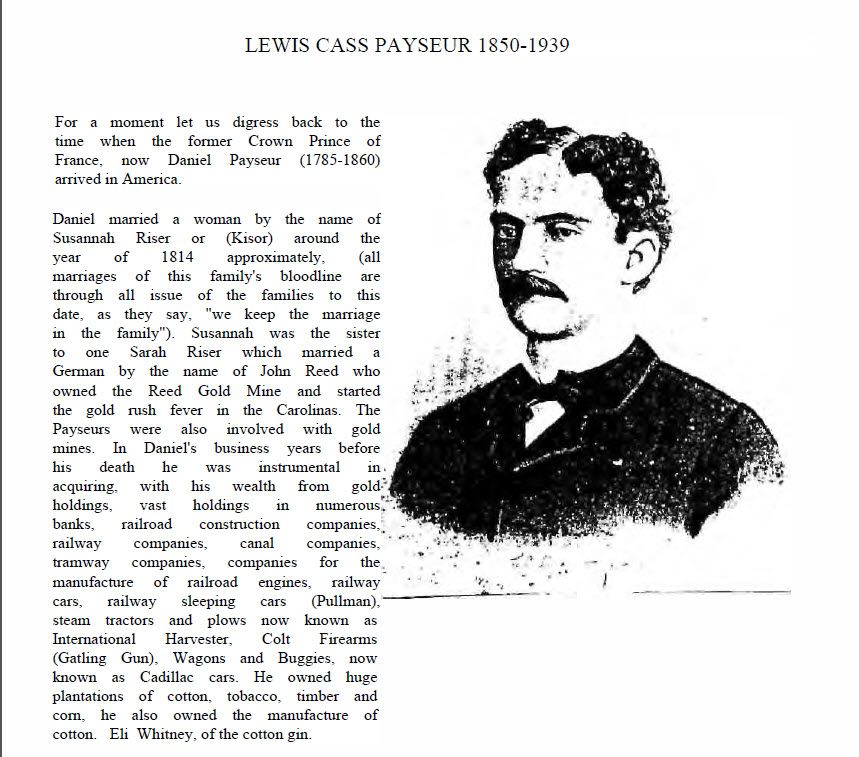
Susannah and Daniel had two sons the first born was Adam and then Jonas. At some time in Adams young adult life he was murdered and all of the family assets were set up to pass to Jonas W. Payseur upon his father Daniel's death. Jonas carried on the family tradition and increased the family holdings to include steam ship companies now known as. United Fruit Company, Mining Equipment Co., Aluminum Company of America (ALCOA)., Mining companies for Coal, Iron, Copper, Gold and Silver and was the main supplier to the government for gold and silver. They started the meat processing company now known as Armour and Company and started the cattle and stock yards across America at the railroad yards.
While the Payseurs were busy buying property during the Civil War, the Union government was actively seizing all property and public records. The reason for this search and seizure was to find out who owned what property, so it (The Government) could seize more property.
All of the public records were seized from each county court house in every Confederate State and taken to Bradford, North Carolina, where they were meticulously studied, some of them totally rewritten, thence to be returned to their original places ( i f they had not been destroyed) at a later date. This information was found out after I was doing research in the southern court houses. I counldn't figure out how the same hand writing kept showing up in all these different record books all across the south, in different states, on the same dates.
199
My friend was kidding me when I voiced this question and he told me that they got around in flying saucer back then.
In order to conceal the family interests from both the government and Quantrill's Raiders. (Quantrill had married into the Springs Family) the Payseurs bought things in family names, (fathers-in-laws, brothers-in- laws etc., etc..) such as Smith, Giles, Moore. Poore, Hawkins. Coon, Payseur, Bashore, Bason. Hudson, Kaiser, Lettson, Reed. Throughout all of it, when forming corporations, he always held Stock Certificate number one (1). Which was always a special type of voting, "Class "A" type" preferred stock and always signified prime ownership.
Jonas W. Payseur married Harriette Smith and their eldest son was Lewis Cass Payseur. Lewis Cass is on record in the library of congress as being a postmaster from 1877 to 1883 in North Carolina. Lewis carried on the family tradition by being instrumental in adding such business to the list as the United States Postal Service, the Federal Reserve, the United States Military Railroad Security Police of the Selma, Rome and Dalton Railroad, known today after many name changes and years of obscurity as the C.I.A. There are many different levels and branches of this organization. They acquired huge forest from coast to coast for wood products and manufacturing of (utility poles, cross ties, railroad cars, furniture, boxes etc., etc., and the automobile manufacture now known as General motors corporation.
During the depression of the late eighteen hundreds, (thanks to the shortage of cash that was in circulation) the Rutherfordton Railroad Construction Company, extended credit to the railroad companies in exchange for their Stock (preferred stock, of course, which carried voting rights and also their government granted land patents as collateral of the credit) to finish the expansion of the railroads.
When the railroad companies bankrupted, their stock was forfeited to L.C. Payseur, and the railroad companies whose stock L.C. held were thereby amalgamated under one railroad. Southern Railway Company.
Along with these railroad companies came their land acquired from congressional land grants. All of the railroad companies were set up on new 99-year leases . The majority of these leases expire on the 17th of June
1993, this lease merged with Norfolk Western Railway to extend it through the merger and name change of
Norfolk Southern to Dec. 31, 1993.
The Payseur family and the railroads acquired the monopoly for the manufacturing of electrical power. The monopoly for pipeline companies for water and fuels now known as Standard Oil or Exxon oil. Exporting and Importing of goods and foods.
The family estate was always passed to the eldest son of the eldest son in the family, it was believed that the women had no brains and were not worthy of knowing any more than how to have babies and entertain family and business associates. So for many generations the women were treated like mushrooms.
Unfortunate for the peoples of the world Lewis Cass Payseur was unable to produce a male heir, he and his wife Mary Alice Hudson Payseur had three daughters, Una. Pearl and the eldest Iola Madelyn who married George Gatling, (Gatling guns), and none of them were privileged to very much detailed information about the families holdings. However they were intrusted with the family genealogy and kept very accurate records.
With the death of Lewis Cass he left no male heir to his fortune, so in solution to this he appointed lolas' (eldest daughter) husband to manage his Payseurs affairs.
The family secrets were kept hidden from the women for the most part up until Iola Payseur Folgums husbands' death in the mid 1950's. Iola's husband had been appointed by Lewis Cass as his personal business manager and of course he knew everything and it was all kept in the records in the family safe in there home. After Mr. Folgums death I'm sure curiosity got the best of l o l a and sent on a search!
It is known that she went through all of her fathers and husbands personal record of the families business and locked everything away ordering in her will that it not be opened until five years after her death.
200
The family really wasn't to concerned about what was there because they had plenty of money, everyday they had checks come in the mail or money was deposited into their bank accounts from stock dividends. Five years came and past and the family had forgotten about opening the safe.
In about the year of 1971 the family decided to sell the old estate, it was at that time the family decided to open the safe. It was then they discovered power and vast holdings the estate held. The family had to make some major decisions and fast!
One of the things that the family discovered was the information about the 99 year leases, and the fact that the family owned all the railroads and the lands granted to the railroads associated with this ownership were hundreds of corporations in the united states and around the world. On the day that the safe was opened the family found hundreds of stock certificates where L.C. Payseur held "Stock Certificate #1 - type A"- denoting the principle, or major ownership of each corporations.
Since about 1972, the family has been trying to regain control of the leased corporations to clear up the mess that has happened with everything and the frauds that have been committed.
The following pages are documents that show L. C. Payseurs ownership of various companies.
201
-
-
-
-
-
-
-
 Regullat e Postimit
Regullat e Postimit
- Ju nuk mund tė hapni tema tė reja.
- Ju nuk mund tė postoni nė tema.
- Ju nuk mund tė bashkėngjitni skedarė.
- Ju nuk mund tė ndryshoni postimet tuaja.
-
Rregullat e Forumit






 Pėrgjigju Duke Cituar
Pėrgjigju Duke Cituar



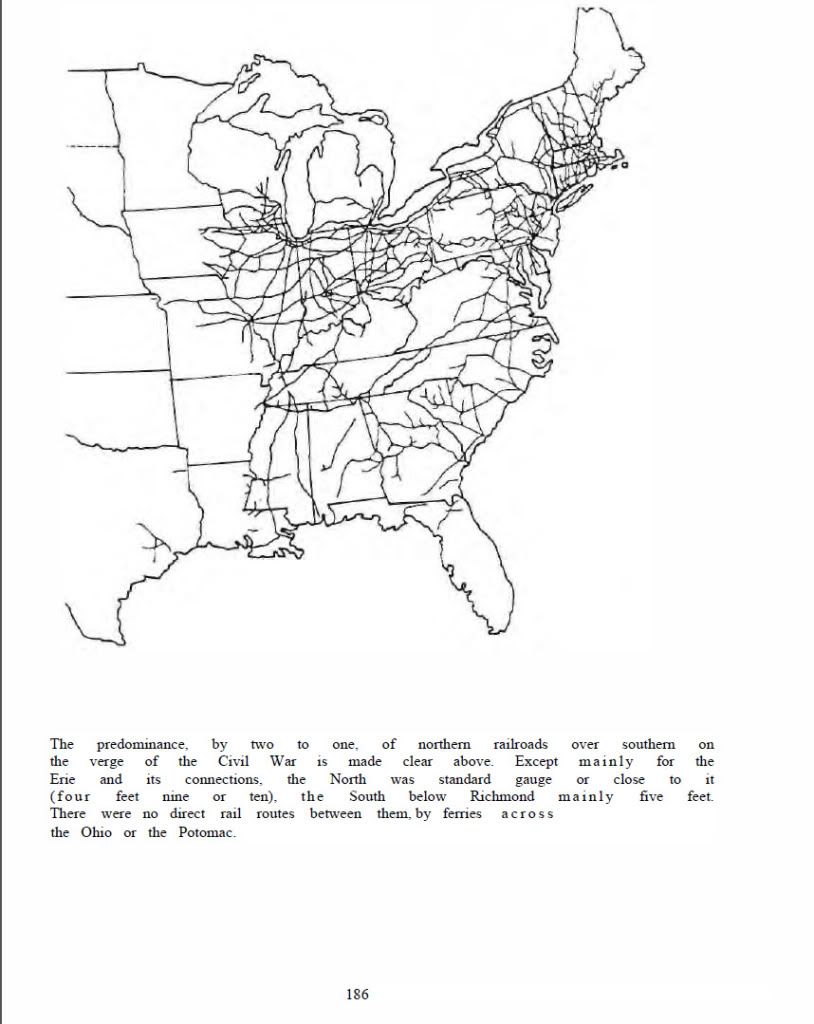

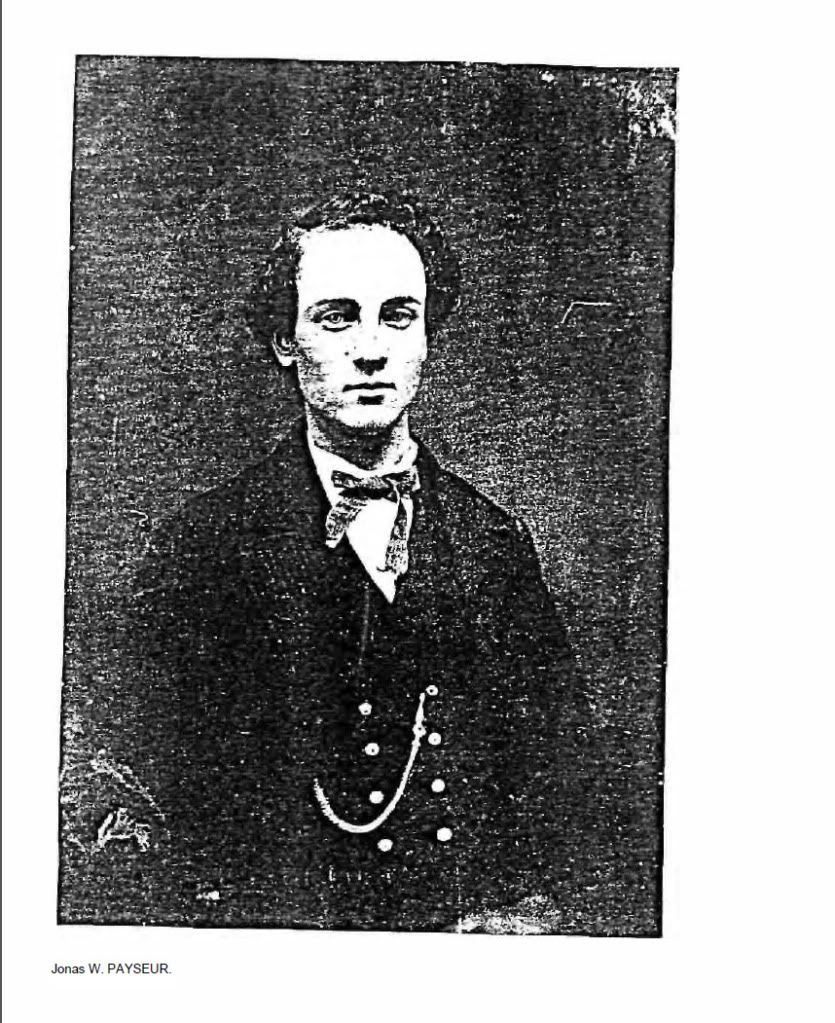
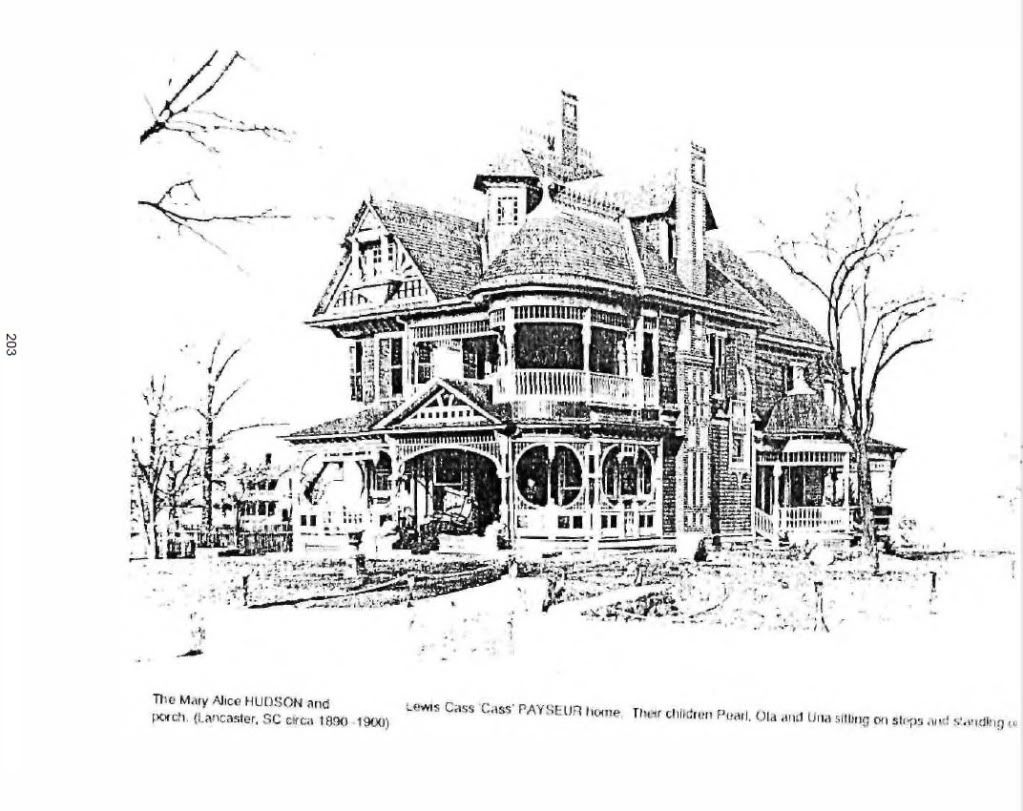

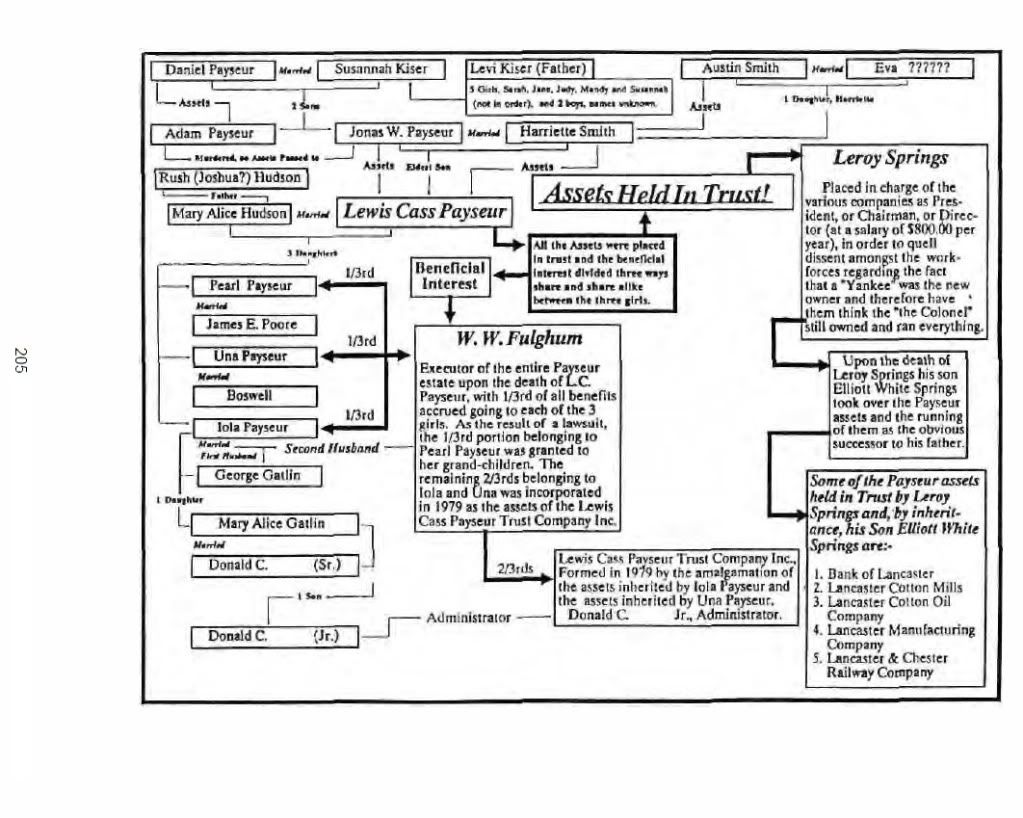
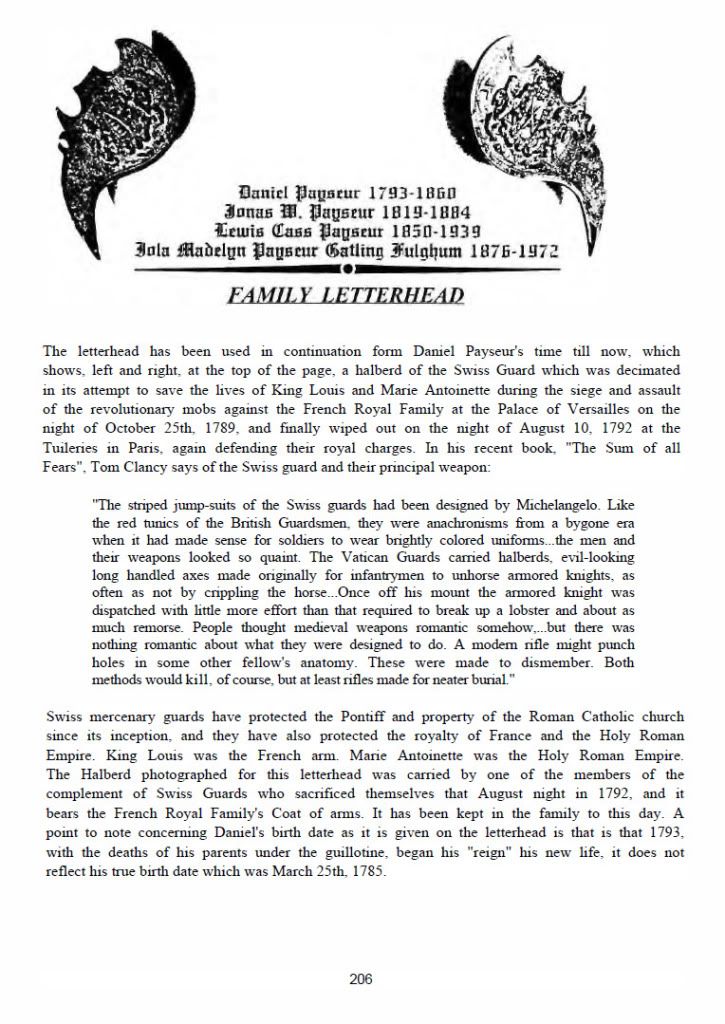
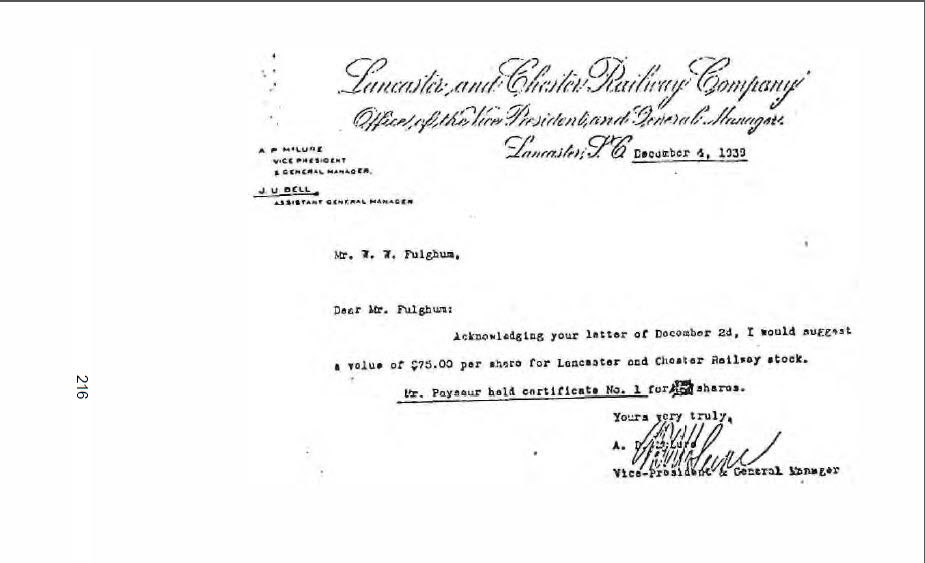


Krijoni Kontakt